Patara, Turkey 13 – 5/2014
Leaving Ephesus, we headed south along the coast of the Mediterranean. We didn’t really want to rush but we could start to feel the pressure of our march route. We had to meet our guide, mandatory for crossing China, on August 28, and now here it was already the middle of May. We had a short four months to cross the next six countries. We could easily spend a year or more just seeing other parts of Turkey, but it was time to get to the water.
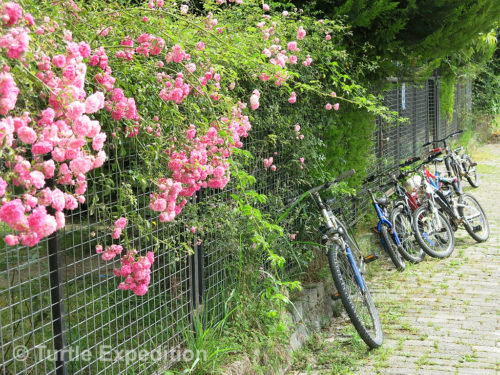 Patara was not really on our must-see list, but one of the things the historical town is known for is its 18 km, (11 mile), beach along the Turkish Riviera. We soon found out there was more than just sand to explore. Patara is said to have been founded by Pataras, the son of Apollo. Like Ephesus, it had a beautiful natural harbor, and again like Ephesus, it was conquered by Alexander the Great and a half a dozen others including Ptolemy Philadelphus of Egypt. The city was finally annexed by the Roman/Greek Empire in 43AD.
Patara was not really on our must-see list, but one of the things the historical town is known for is its 18 km, (11 mile), beach along the Turkish Riviera. We soon found out there was more than just sand to explore. Patara is said to have been founded by Pataras, the son of Apollo. Like Ephesus, it had a beautiful natural harbor, and again like Ephesus, it was conquered by Alexander the Great and a half a dozen others including Ptolemy Philadelphus of Egypt. The city was finally annexed by the Roman/Greek Empire in 43AD.
One of the most interesting facts is that it was Christianized relatively early and was the home of several bishops from 325 to 879. Nicholas of Myra was born in Patara in 280. Who is that?
He suffered persecution under the Emperor Diocletian who exiled and imprisoned him. After his release, Nicholas became the Bishop of what is today the Church the St. Nicholas of Myra. Over the years, stories of his miracles involving rescuing children and working for the poor spread to other parts of the world. He became known as the protector of children and sailors and was associated with gift giving, especially to children. He was a popular saint in Europe until the time of the Reformation in the 1500s, a religious movement that led to the creation of Protestantism, which turned away from the practice of honoring saints.
St. Nicholas, however, remained an important figure in Holland and the German speaking countries where his feast day was (and still is) celebrated with the giving of gifts to children who behaved well. Dutch immigrants brought St. Nicholas, known to them as Sint Nikolaas or by his nickname Sinter Klaas, and traditions of his feast day to their colonies in America. He became popularized in America as Santa Claus and his gift giving day moved from December 6 to Christmas.
On the way east we will visit the excavation of the Church of St. Nicholas in Myra, but now back to Patara.
We could still imagine a beautiful harbor but today it’s a swamp, choked with sand and bushes. The original site is currently being excavated by a team of Turkish archaeologists and many of the buildings are being carefully restored. A few pictures tell the story better than words.
We did take time to walk around town and explore the harbor. For several years we had imagined taking a sailing trip into the Mediterranean. I once read a statement in Nikos Kazantzakis’ book, Report to Greco, where he profoundly claimed that “Man could wish for no greater thing than to sail the Aegean in the Springtime”. We saw plenty of sailboats in the harbor that did tours but to our disappointment, we learned that most of them rarely raise their sails. They were basically waterborne tour buses that motored from port to port. Someday we are determined to go back and do a little more research.
- We had read that Patara was famous for its 18 km, (11 mile), beach along the Turkish Riviera.
- We saw plenty of sailing ships in the harbor that did tours, but we learned that most of them rarely raise their sails.
- In the local park, we found a safe place to stay. Yeah, we had to pay a small fee to park for the night.
- Monika can never resist a picture of beautiful flowers.
- Being more practical, Gary was thinking of escargot, steamed with a little garlic, butter and white wine and some French bread.
- Always ready to rescue a stray turtle, this little guy was crossing the road where there was no turtle crosswalk.
- This woman was cooking up a huge pot roast lamb. Wish we could have stayed for lunch.
- The jewel of Patara is the giant amphitheater.
- Behind the main stage there were cages for wild animals and gladiators that fought during Roman times.
- The main theater had a diameter of 80 m, (265 feet), with a capacity 6,000 spectators in 38 rows.
- Seats for special dignitaries were hand carved out of solid blocks of rock.
- A small theater in the main building had been beautifully restored with a glass floor showing some of the ruins of earlier periods found during excavation.
- The Main Street of Patara connected to the inner harbor and was lined with granite and marble columns.
- The construction of Roman arches has always fascinated Gary.
- Just testing this one for strength.
- Good thing I didn’t check this one.
- In the distance we could see the triple vaulted triumphal arch that has become the symbol of Patara.
- The beautiful triple vaulted triumphal arch represented the entrance to the city, welcoming visitors on their way to the city center.
- Destined to be a major tourist site, the excavation and restoration of Patara will still take many years.
- Excavation is ongoing. As you can see here, over 6 feet of earth, silt and rubble had to be removed just to get to the original floor level.



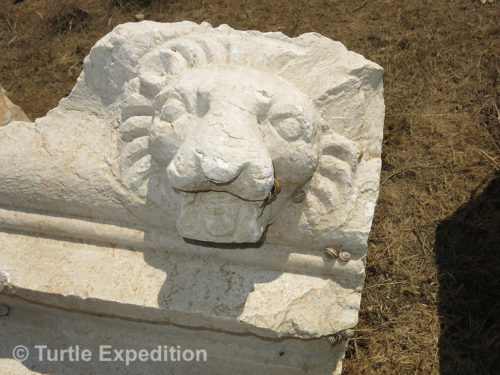
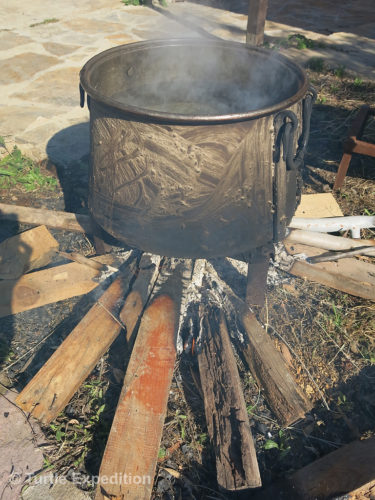
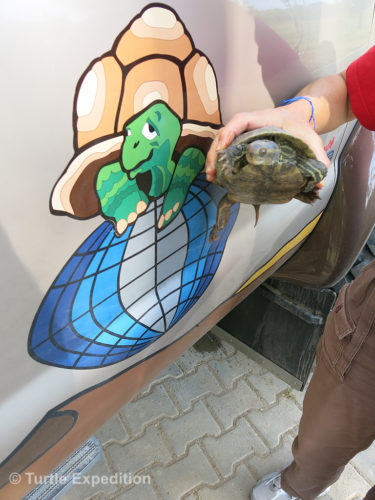
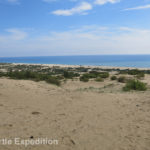
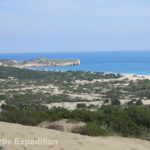
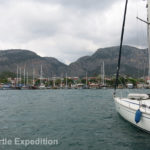
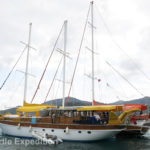
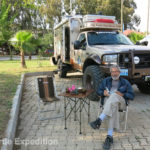
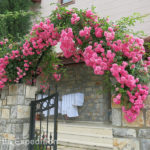
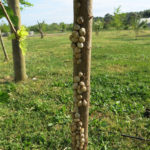
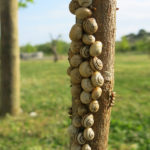
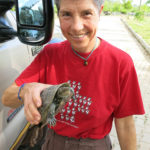
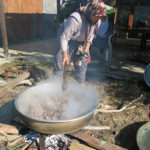
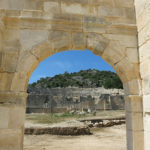
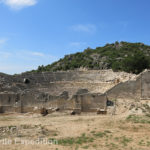
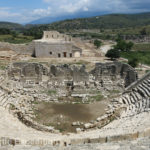
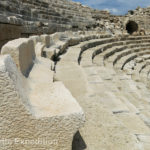
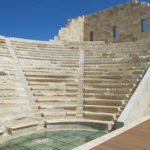
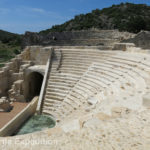
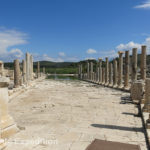
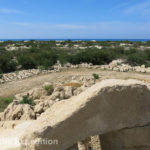
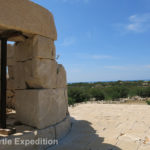
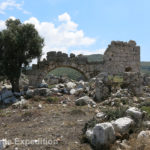
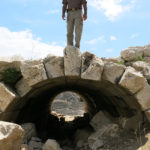
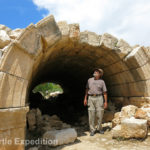
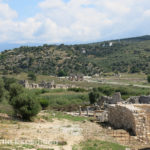
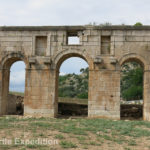
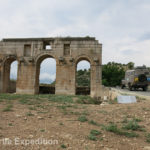
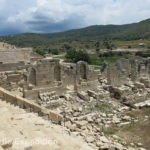
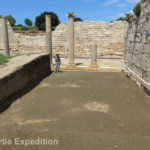




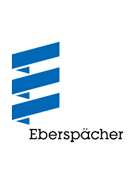
Leaving Ephesus, we headed south along the coast of the Mediterranean. We didn’t really want to rush but we could… https://t.co/lBEI5oEcBn
Leaving Ephesus, we headed south along the coast of the Mediterranean. We didn’t really want to rush but we could… https://t.co/gsMvNiNmSF
Christian Auer liked this on Facebook.
Hilal Er liked this on Facebook.
Matt Frick liked this on Facebook.
Ildo Costa Nunes liked this on Facebook.
Kevin Williams liked this on Facebook.
Ben Kinser liked this on Facebook.
Douglas Rykerd liked this on Facebook.
Linda Emanuel liked this on Facebook.
Erdem Önen liked this on Facebook.
Thomas Woodson liked this on Facebook.
Michael Stefanick liked this on Facebook.